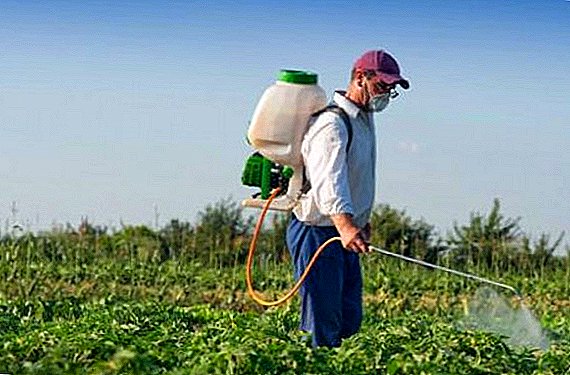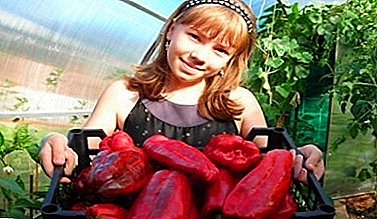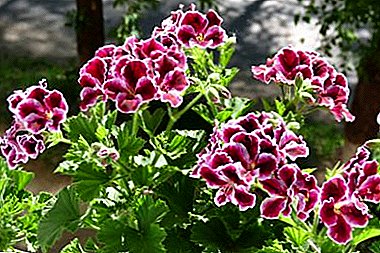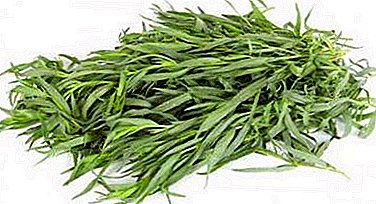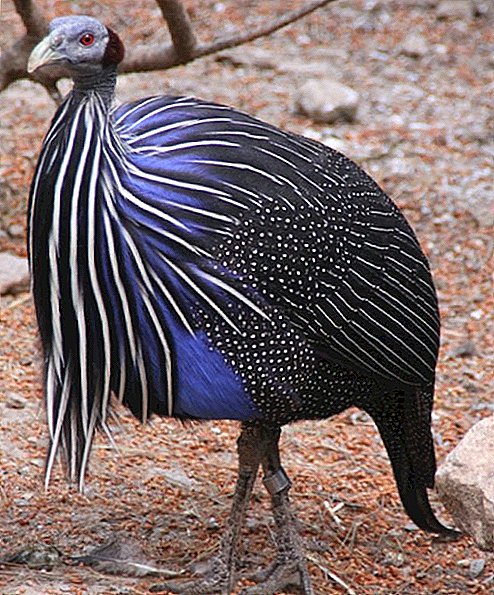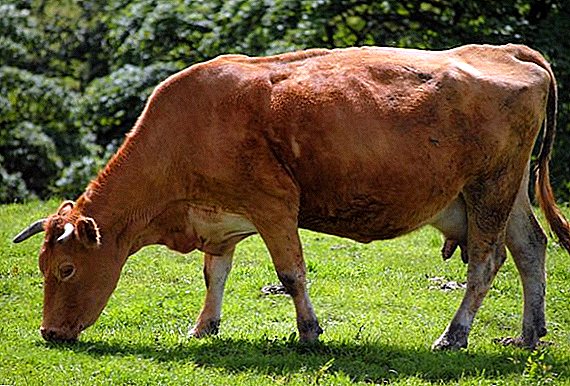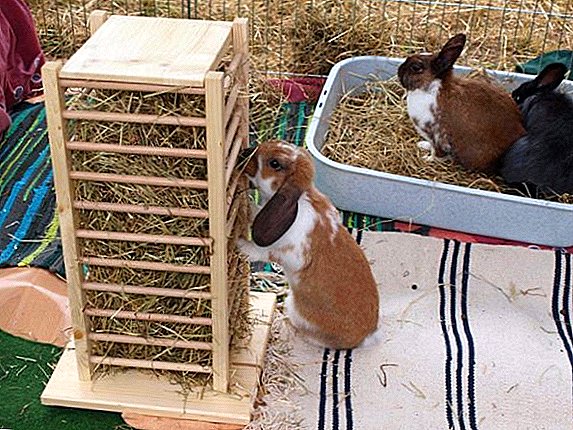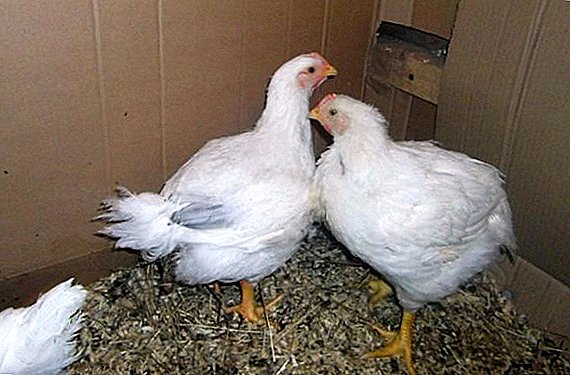 Meat breeds of chickens are very popular among poultry farmers, and this is not surprising, apart from rapid growth and meat productivity, individuals left for breeding have good egg production. There are situations when the chicks stop gaining weight. What is the reason, and how to deal with it, we shall understand today.
Meat breeds of chickens are very popular among poultry farmers, and this is not surprising, apart from rapid growth and meat productivity, individuals left for breeding have good egg production. There are situations when the chicks stop gaining weight. What is the reason, and how to deal with it, we shall understand today.
How much do broilers grow to slaughter
Broilers differ from ordinary domestic chickens in a fairly fast daily weight gain, especially fast mass is gained after twenty days of age. At the same time, the poultry farmer complies with all the conditions of poultry housing: the optimum temperature and humidity, the density of accommodation, the diet.  With all the rules, ten-day-old chickens weigh an average of about 200 g, reach a half-kilogram by two weeks, and by three months - all five kilograms.
With all the rules, ten-day-old chickens weigh an average of about 200 g, reach a half-kilogram by two weeks, and by three months - all five kilograms.
The speed of gaining muscle mass depends on the breed, so before buying you need to ask the breeder for the weight gain table. According to her data, with the help of ordinary weights, the weight of chickens is constantly monitored.
Did you know? In Christian mythology, the rooster is a symbol of light. The image of a bird was often placed on the tomb of the deceased, according to legend, it is the rooster who will announce the morning of the resurrection.
This will immediately identify possible problems with weight gain. Some crosses, for example, are sent for slaughter at the age of one month with a weight of 1.5 kg, their meat is valued for its special tenderness. In any case, growing broiler for more than three months is not profitable: the weight gain stops, and the appetite grows. 
Broilers grow poorly: why and what to do
The development of birds depends largely on the living conditions and care for them, on the quality of the products that are included in their diet.
It will also be useful for you to learn how to feed broiler chickens correctly, how and when to feed chickens to nettles for broilers, how they grow and what they feed broilers at the poultry farm, how to feed broilers properly and how to cook them yourself.
Non-observance of temperature
If the room where the birds are kept, low temperature, the birds will spend the lion's share of energy to keep warm. In addition, cold and drafts will provoke diseases.
From the first days of life, the temperature of the chickens should be + 28-30 ° С, humidity 60%, from two weeks of age the temperature is lowered to 25 ° С, and humidity - up to 65%. 
Daylight disturbance
Newborn chickens up to two weeks of age are kept at around-the-clock coverage, 40 W is sufficient, and after daylight hours they are reduced to 18 hours a day.
Find out what should be a light day in the hen house.
Malnutrition
The rapid growth of broilers, in which they differ from ordinary chickens, provides an adequate amount of calcium, phosphorus, protein in the body. With a lack of protein, vitamins and minerals, in addition to slowing down the weight gain, lameness can develop.
Diseases of the digestive tract and worms
Weight loss is one of the main symptoms of poultry diseases: infectious, bacterial, invasive. Let us stop the infection with worms, as on the most dangerous of the above.
Important! Be sure to conduct vaccination and deworming of chickens.
First, detecting worms is difficult; secondly, one individual in the shortest possible time can infect the whole house; thirdly, the disease is often fatal.  The fact is that parasites feed on what the host eats, while the bird loses vitamins and other useful substances.
The fact is that parasites feed on what the host eats, while the bird loses vitamins and other useful substances.
Worms have a high ability to reproduce, in a short time they can breed so much that the intestinal walls do not stand up, break, the bird dies.
Did you know? In pagan Yugoslavia, the rooster and the hen were a symbol of marriage, the newlyweds sacrificed them before the marriage ceremony.
Non-compliance with conditions of detention
Growth and muscle gains contributes to the population density of the chickens. If ordinary chickens need space, walking and movement, then broilers gain more weight the less they move. With cellular content, the density is ten individuals per square meter, indoors - twelve chickens per square meter.
With any method of housing, birds should not breathe musty, stale air, there should be a ventilation system.
Find out what ventilation in the chicken house is for, how to make ventilation in the chicken house yourself, what ventilation in the chicken house should be in winter.
The litter needs to be changed as it becomes contaminated, with cellular content, the retractable pallet is an ideal option.
The room and equipment in it must be regularly cleaned and disinfected once every two months. The first procedure of disinfection is carried out before the settlement of broilers. 
What to feed so that they grow quickly
Experienced poultry farmers recommend purchasing production feed developed for poultry meat.
For feeding without feed needs an optimal calculation of the balance of all nutrients.
Consider both options and the number of feeds in the tables below.
| Chick age by day | Amount of feed in grams |
| 1-5 | 15 |
| 6-10 | 20 |
| 11-18 | 45 |
| 19-29 | 65 |
| 30-37 | 85 |
| 38-50 | 100 |
| 51-60 | 115 |
In this case, note, industrial feed for broilers give the following scheme:
from 1st to 5th day - prestart;
from the 6th to the 18th - starting;
from the 19th to the 37th day - growth;
from the 37th to the slaughter - the finish. 
| Stern | Chick age by day | ||||||
| 1-5 | 6-10 | 11-18 | 19-29 | 30-37 | 38-50 | 51-60 | |
| Crushed grain | 4 | 7 | 11 | 18 | 28 | 38 | 45 |
| Meal, cake | - | 0.2 | 0.5 | 0.6 | 1.2 | 1.5 | 2 |
| Boiled potatoes | - | - | 4 | 10 | 14 | 18 | 20 |
| Cottage Cheese (non-fat) | 1 | 1.5 | 2 | 3 | 4 | 4 | 4 |
| Boiled eggs | 2 | 2 | |||||
| Sour milk | 5 | 10 | 15 | 20 | 15 | 30 | 30 |
| Greens / carrots | 1 | 3 | 7 | 10 | 15 | 17 | 20 |
| Chalk and shell rock | - | 0.2 | 0.4 | 0.5 | 0.8 | 0.9 | 0.9 |
| Meat and bone meal | - | 0.2 | 0.4 | 0.5 | 0.8 | 0.9 | 0.9 |
| Salt | - | - | 0.05 | 0.05 | 0.08 | 0.1 | 0.1 |

To summarize: it is not difficult to provide a set of muscle mass to meat breeds.
Important! Broilers have a high demand for water, so it must always be clean, fresh, and freely available.
You need to familiarize yourself with the conditions of their maintenance, dietary habits and apply them in practice And timely preventive measures taken will keep the young healthy.


